The Gaynor Family Library located within Selkirk Manitoba is a sustainable form of architecture
operating on geothermal energy and solar heating. The Gaynor Family Library had decided to
embark on a project to further their sustainable footprint by collaborating with the East
Interlake Watershed District.
The collaboration resulted in a partnership that aimed at increasing biodiversity and improving
storm water management within the landscape. The project also aimed at bringing members of
the community and professionals together with the intents of nature conservation while
concurrently acting as an educational platform for individuals living and visiting the East
Interlake Watershed District.
The first stages of the project included soil sampling and it was recognized that the soil lacked
nutrients as the soil consistency was that of white clay. The East Interlake Watershed District
however partnered with Compost Manitoba, a company that converts cow manure into
nutrient rich compost and decided to spread the manure and compost over the field near the
library. The compost and manure provided the soil with the nutrients it needed. However, the
East Interlake Watershed District Manager, Armand Belanger was rather hesitant that the
newly added nutrients would not be enough for the growth of native grasses and flowers.
Following the manure and composting, the East Interlake Watershed District laid down seeds of
20 different flowering plants as well as 7 native grasses. Fortunately, a rain fall had occurred
following the seeding and continued onwards for days. Allowing the seeds to successfully
germinate. The process of laying down the manure and compost was also intended to slow
down storm water being collected on the Gaynor Family Library roof.
A final management tactic included a traditional method of burning the landscape in order to
add more nutrients to the soil. This practice was performed by John Morgan, and the Gimli Fire
Department supervised the practice, adding a measure of safety. Shortly after, the landscape
sprang to life.
Many years later the site is bustling with life. The biodiversity in the area has undeniably
increased and includes hoards of crickets, monarch butterflies, grasshoppers as well as other
insects. Also, many varieties of flowers and native grasses such as milk thistle span the
landscape.
In order to meet the educational aims of the project, visuals in the form of signs were erected
around the landscape to educate visitors. The collaboration between the Gaynor Family Library
and the East Interlake Watershed District demonstrates that by working together we can
change the ecology of the landscape for the better.

